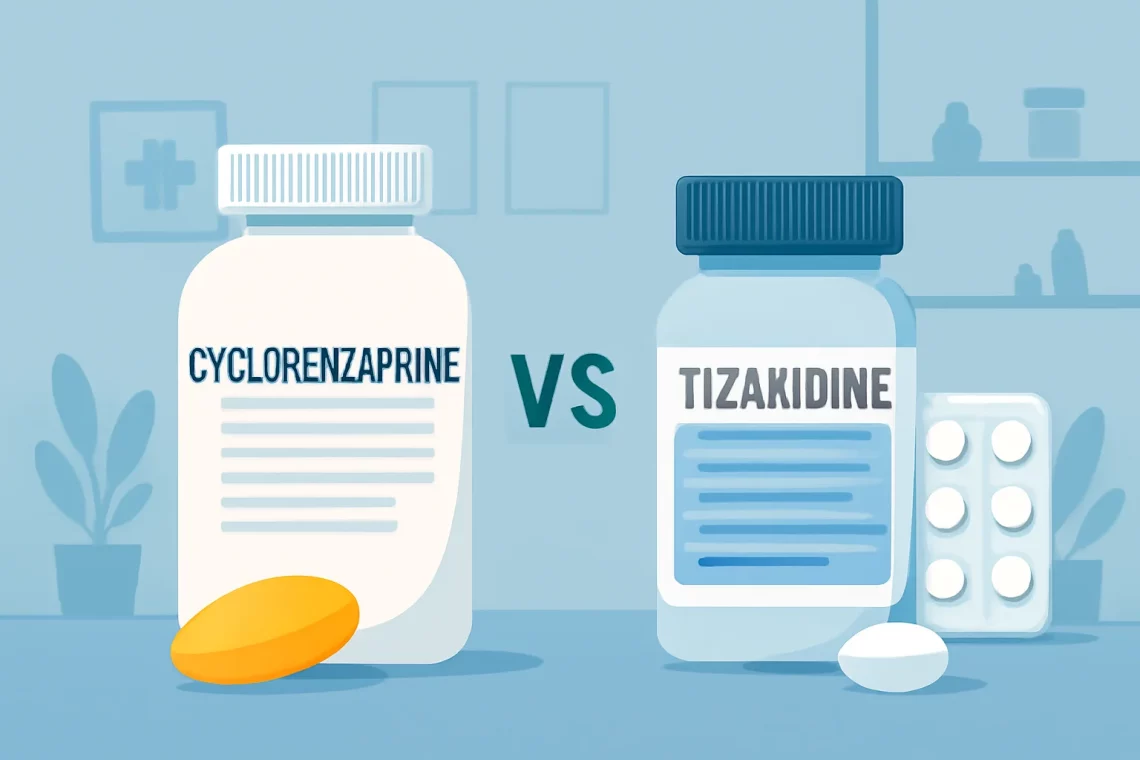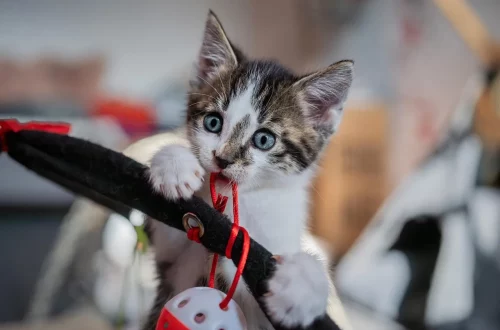-
Fentanyl vs Butrans: Understanding Their Differences and Uses
Fentanyl and Butrans are two powerful medications commonly used in pain management, yet they differ significantly in their composition, application, and effects on the body. As the opioid crisis continues to raise awareness around the use of narcotics, understanding the distinctions between these two substances becomes increasingly vital. Fentanyl, a synthetic opioid, is known for its potency and rapid onset of action. It is often prescribed for severe pain, particularly in cancer patients or those recovering from surgery. However, its high potential for addiction and overdose has made it a controversial choice in the realm of pain management. On the other hand, Butrans, which contains buprenorphine, is a partial opioid…
-
Fentanyl vs Tapentadol: Key Differences and Comparisons Explained
Fentanyl and tapentadol are two powerful medications often used in pain management, but they differ significantly in their composition, mechanisms of action, and clinical applications. Understanding these differences is crucial for patients, healthcare providers, and anyone involved in pain management. Fentanyl is a synthetic opioid that is typically prescribed for severe pain, particularly in patients who are tolerant to other opioids. It is known for its potency and rapid onset of action, making it a go-to choice in acute pain scenarios, such as post-surgical recovery or cancer-related pain. On the other hand, tapentadol is a relatively newer medication that combines two mechanisms of action: it acts as an opioid analgesic…
-
Cyclobenzaprine vs Tizanidine: Key Differences and Uses Explained
Cyclobenzaprine and tizanidine are two medications commonly prescribed to manage muscle spasms and associated discomfort. Both belong to the category of muscle relaxants but differ significantly in their mechanisms of action, indications, and side effects. Understanding these differences is crucial for healthcare providers and patients alike, as it can influence treatment choices and outcomes. Cyclobenzaprine is primarily used for short-term relief of muscle spasms, often resulting from acute musculoskeletal conditions. It works by acting on the central nervous system, helping to reduce muscle tightness and discomfort. On the other hand, tizanidine operates differently by acting as an alpha-2 adrenergic agonist, which decreases spasticity by inhibiting the release of excitatory neurotransmitters.…
-
Tramadol vs Tapentadol: Key Differences in Pain Management Options
Tramadol and tapentadol are two medications commonly prescribed for the management of moderate to severe pain. Both drugs belong to a class of medications known as analgesics, but they differ in their chemical structure, mechanism of action, and side effect profiles. As pain management continues to be a critical aspect of healthcare, understanding the nuances between these two medications can help patients and healthcare providers make informed decisions. The rise in opioid prescriptions has sparked discussions regarding the safety and efficacy of various pain management options. Tramadol, often viewed as a less potent alternative to traditional opioids, has gained popularity due to its lower risk of addiction. Tapentadol, on the…
-
Cymbalta vs Savella: A Comprehensive Comparison of Two Medications
Cymbalta and Savella are two medications frequently discussed in the context of treating chronic pain and mood disorders. Both belong to a class of drugs known as serotonin-norepinephrine reuptake inhibitors (SNRIs), which are designed to help regulate the levels of serotonin and norepinephrine in the brain. These neurotransmitters play crucial roles in mood regulation and pain perception, making these medications valuable tools in managing conditions such as fibromyalgia, anxiety disorders, and major depressive disorder. Despite their similar mechanisms of action, Cymbalta and Savella are prescribed for different indications and can have varying effects on patients. Understanding the distinctions between these two medications is essential for patients and healthcare providers alike.…
-
Diclofenac vs Meloxicam: Which Pain Reliever Is Right for You?
Diclofenac and meloxicam are two commonly used non-steroidal anti-inflammatory drugs (NSAIDs) that play a significant role in managing pain and inflammation. These medications are often prescribed for conditions such as arthritis, muscle pain, and various forms of acute pain. While both diclofenac and meloxicam share similar mechanisms of action—primarily inhibiting cyclooxygenase enzymes to reduce the production of prostaglandins—they differ in various aspects, including their pharmacokinetics, usage, and side effects. Choosing between these two medications can be challenging, especially for patients who are looking for effective pain relief without compromising their health. Understanding the distinctions and similarities can empower patients and healthcare providers to make informed decisions tailored to individual needs.…
-
Tramadol or Codeine Which Pain Relief Option Is Right for You
Tramadol and codeine are two commonly prescribed medications that belong to the class of opioids. They are primarily used for pain management, but they have distinct differences in their formulations, efficacy, side effects, and potential for abuse. Understanding these differences is vital for patients and healthcare providers alike, as they navigate the complexities of pain treatment. The growing concern over opioid misuse has led to increased scrutiny of these medications, making it essential to provide accurate information about their uses and risks. Both tramadol and codeine can be effective in treating various types of pain, yet they also carry the potential for dependency and other adverse effects. This article aims…
-
Tramadol vs Codeine: Which Pain Relief Option is Right for You?
Tramadol and codeine are two commonly prescribed medications used to manage pain. While they belong to different classes of drugs, both are effective in alleviating moderate to severe discomfort. Understanding the differences and similarities between these two medications is crucial for patients and healthcare providers alike. The choice between tramadol and codeine can significantly impact a patient’s pain management strategy, as well as their overall health and well-being. With the rise of chronic pain conditions, the demand for effective analgesics has increased, making it essential to explore the unique properties of each medication. Tramadol, a synthetic opioid, works by altering the way the brain and nervous system respond to pain.…
-
Naproxen vs Etodolac: Which Pain Reliever Is Right for You?
Naproxen and etodolac are both nonsteroidal anti-inflammatory drugs (NSAIDs) that are commonly used to manage pain and inflammation. As part of a broader category of medications, they are often recommended for a variety of conditions, including arthritis, menstrual cramps, and other musculoskeletal disorders. While both medications aim to alleviate discomfort and reduce inflammation, they possess distinct properties and mechanisms of action that may make one more suitable than the other depending on the patient’s specific needs. Understanding the differences between naproxen and etodolac is essential for both patients and healthcare providers. This knowledge can lead to more informed decisions regarding treatment options, enhancing the overall effectiveness of pain management strategies.…
-
Tramadol vs Diclofenac: Understanding Pain Relief Options
Tramadol and diclofenac are two commonly used medications that serve distinct purposes in pain management. While both drugs are effective in alleviating discomfort, their mechanisms of action, side effects, and appropriate usage differ significantly. Understanding these differences can help individuals make informed decisions about their pain management options. Tramadol is an opioid analgesic, which means it works on the central nervous system to alleviate pain. It is often prescribed for moderate to severe pain and can be used in various conditions, from post-surgical pain to chronic pain disorders. On the other hand, diclofenac is a non-steroidal anti-inflammatory drug (NSAID) that primarily reduces inflammation and alleviates pain related to conditions such…







































